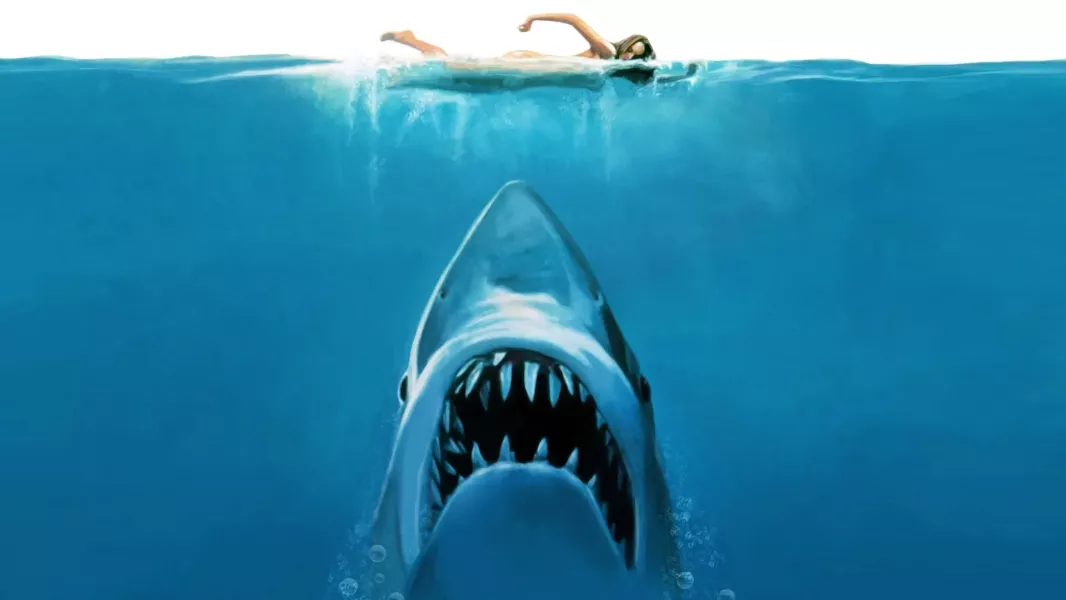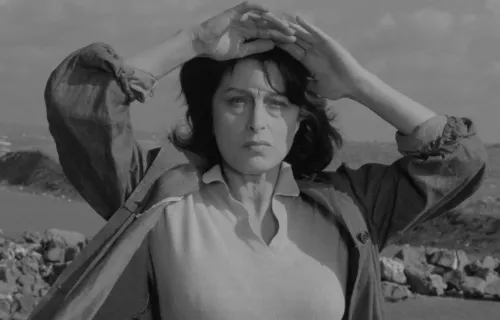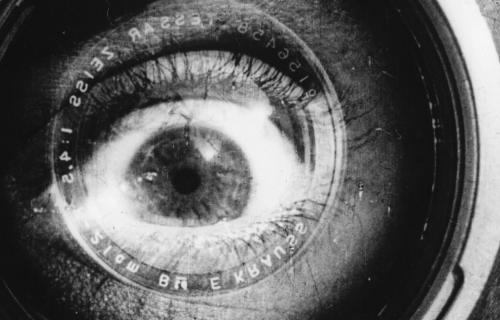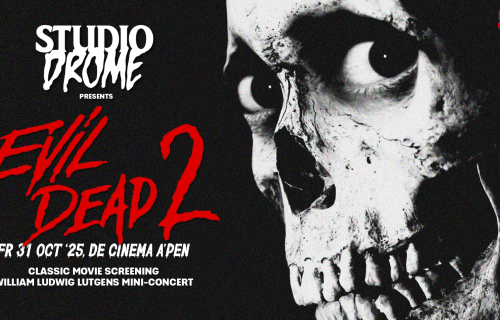
english below
Toen Steven Spielberg in 1975 zijn witte-haai-thriller op het publiek losliet, schudde hij niet alleen strandgangers wakker. Hij vond ook de zomerblockbuster uit. Gebaseerd op de roman van Peter Benchley, vertelt de film het verhaal van een kuststadje in de greep van een bloeddorstige haai.
Maar JAWS is veel meer dan een monsterfilm: het is een les in hoe je spanning tot spektakel kneedt. Spielberg, toen pas 27, wist technische tegenslag om te buigen tot creatieve kracht. Omdat de mechanische haai zelden werkte, koos hij voor suggestie, geluid en spanning. Dat maakte het allemaal nóg beangstigender—zeker met John Williams’ iconische tweeklank die de angst muzikaal aanwakkerde.
Wij vertonen JAWS zoals hij bedoeld was: op 35mm, met dank aan CINEMATEK. Voor al die keren dat je dacht: “I’m gonna need a bigger screen.” Dit is je kans om deze klassieker opnieuw (of voor het eerst) op het grote scherm te zien.
ENG
The film is in English with Dutch subtitles
When Steven Spielberg released his white shark thriller to the public in 1975, he did more than terrify beach lovers. He invented the summer blockbuster. Based on Peter Benchley's novel, the film tells the story of a seaside town confronted with a bloodthirsty shark.
But JAWS is much more than a monster film: it is a lesson on how to turn tension into spectacle. Spielberg, only 27 at the time, knew how to bend technical setbacks to creative strength. Because the mechanical shark seldom worked, he went for suggestion, sound, and tension. This choice makes the film even more terrifying—especially with John Williams's iconic diphthong, which musically triggers fear.
We screen JAWS like it is supposed to: on 35mm, courtesy of CINEMATEK. For all those times that you thought: "I'm gonna need a bigger screen." This is your chance to revisit (or discover) this classic on the big screen.



